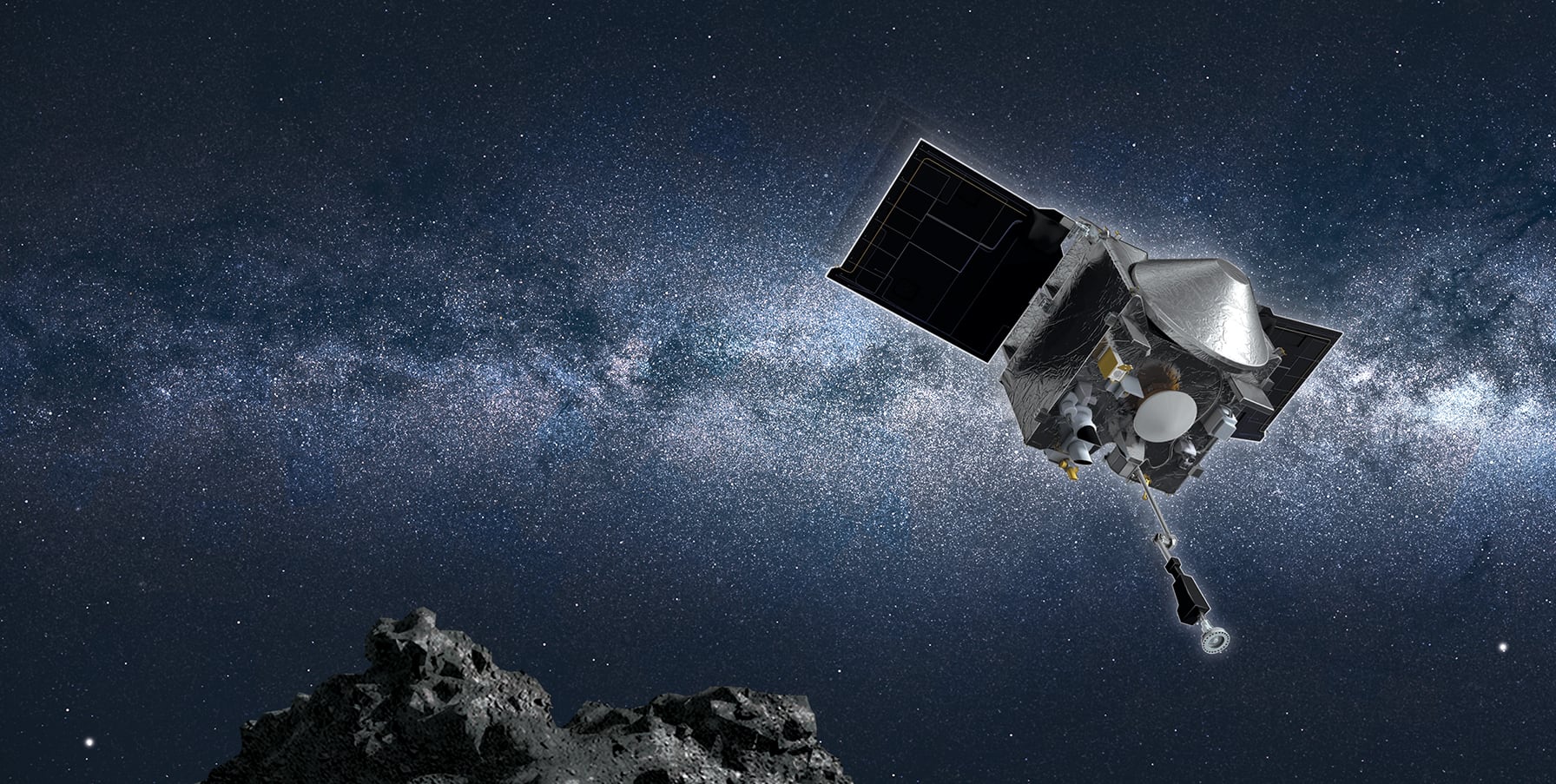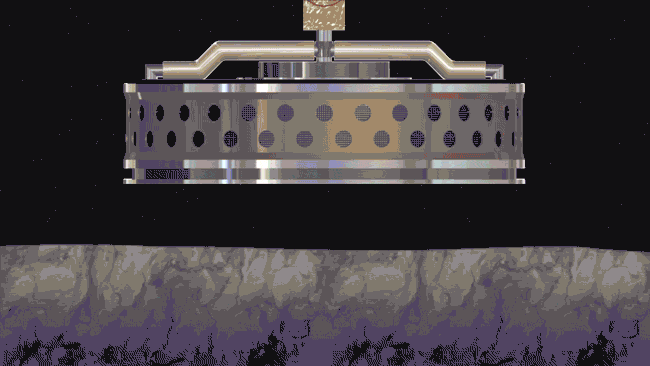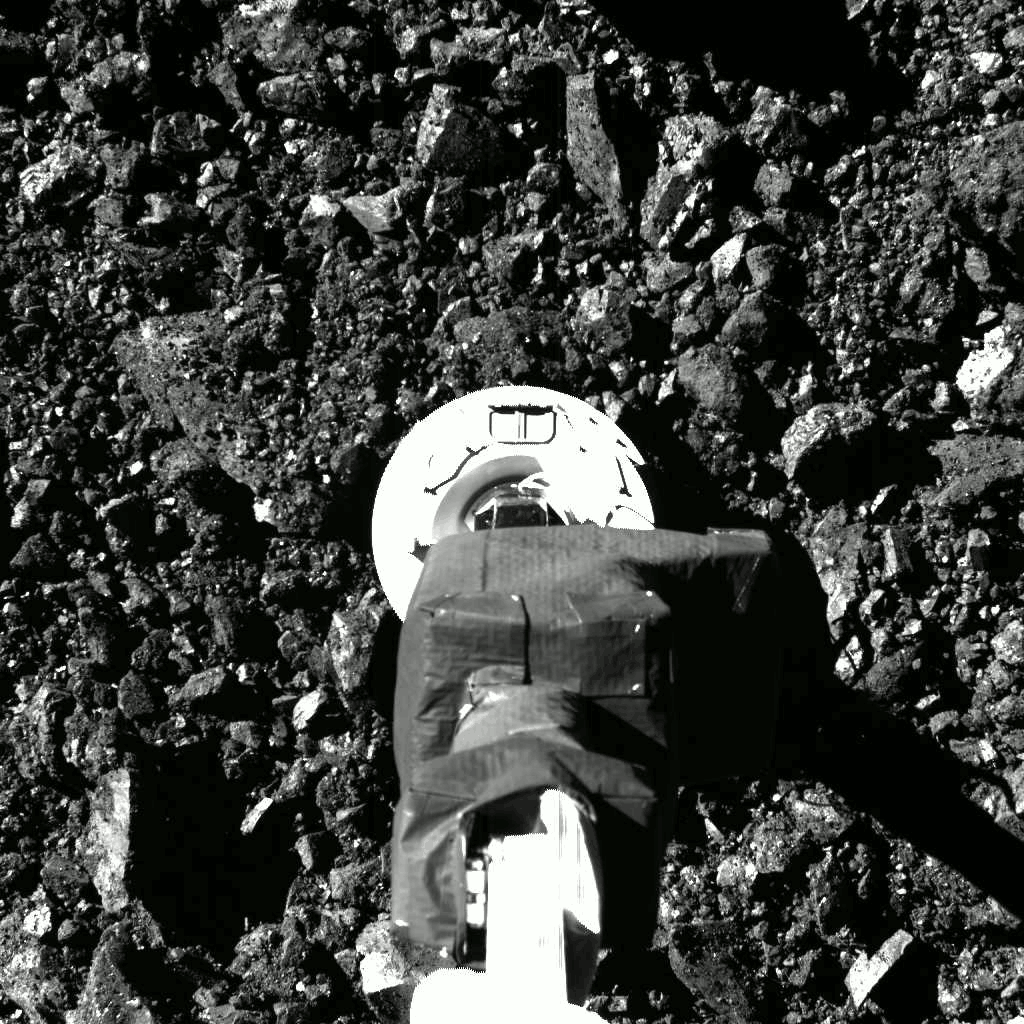Curation
OSIRIS-REx
and
Bennu

OSIRIS-REx Mission
The OSIRIS-REx mission was conducted as NASA's first-ever asteroid sample return project. The name is an acronym derived from Origins, Spectral Interpretation, Resource Identification, Security, and Regolith Explorer. Its primary objective is to explore the asteroid Bennu, collect samples, and return them to Earth.
Samples collected during this mission are expected to provide clues about the origin of life and the solar system’s formation. Organic materials and minerals retrieved from Bennu could potentially have contributed to the emergence of life on Earth.
Moreover, asteroids like Bennu are believed to contain natural resources such as water and precious metals, which could be utilized in future space exploration and resource development efforts.
Additionally, the study of approaching and sampling asteroids near Earth could prove valuable for devising strategies in the event of a potential asteroid impact, serving as a means of proactive preparedness.
The spacecraft OSIRIS-REx was launched in 2016 and reached its target, the asteroid Bennu, in 2018. In 2020, it successfully collected rocks and sand from the surface, and on September 24, 2023, it delivered the sample capsule to Earth, completing the sample return mission. Subsequently, the spacecraft was renamed OSIRIS-APEX and has embarked on a new mission to observe the asteroid Apophis.
Spacecraft
The OSIRIS-REx spacecraft is equipped with state-of-the-art scientific instruments. The key components include:
- OCAMS (OSIRIS-REx Camera Suite): A set of cameras to document Bennu’s shape, surface features, and rotation details.
- OTES (OSIRIS-REx Thermal Emission Spectrometer): A spectrometer used to measure the asteroid’s temperature and thermal properties.
- OVIRS (OSIRIS-REx Visible and Infrared Spectrometer): An instrument for analyzing the asteroid’s composition and surface minerals.
- OLA (OSIRIS-REx Laser Altimeter): A laser altimeter that maps the asteroid’s shape and surface roughness in 3D.
- REXIS (X-ray Spectrometer): An X-ray instrument for analyzing the asteroid’s elemental composition.

Sample Collection
The OSIRIS-REx spacecraft employs the TAGSAM (Touch-And-Go Sample Acquisition Mechanism) for sample collection.
This mechanism features a circular container attached to a 3-meter arm. When the container contacts Bennu’s surface, nitrogen gas is released to blow particles of sand and rock off the asteroid’s surface, allowing for the collecting of up to 2 kilograms of samples.

On October 20, 2020, OSIRIS-REx executed a touchdown at Bennu’s Nightingale site, lasting for approxima tely 6 seconds, followed by a brief release of nitrogen gas, successfully collecting surface material.

Asteroid Bennu
Bennu is a near-Earth asteroid classified as a type B based on its reflectance spectrum. Despite its relatively small diameter of about 500 meters, its surface is believed to preserve material dating back approximately 4.6 billion years to the solar system’s formation.
While classified as a B-type asteroid, Bennu shares similarities with C-type asteroids. Spectral observations reveal robust water-related absorption features compared to Ryugu. Absorption characteristics of infrared spectra suggest the presence of carbonate, magnetite, and organic materials.
These materials are found in Ryugu samples, and it’s believed that Bennu’s rocks, like those of Ryugu, underwent aqueous alteration. These rocks and organics are expected to contain information about the early chemistry and physics of the solar system. Furthermore, the organic materials and water within Bennu are crucial for understanding the origins of life and the formation of Earth’s oceans.
Bennu’s shape resembles Ryugu’s shape, resembling a spinning top. Its density matches that of Ryugu at 1.19 g/cm³. The surface is covered in boulders, indicative of a rubble-pile structure—accumulations of rocks. The brightness diversity of surface boulders is more significant than that observed on Ryugu.
Notably, Bennu is considered an “active” asteroid, occasionally exhibiting the ejection of centimeter-sized pebbles and dust. These phenomena are attributed to thermal stress resulting from solar heating and cooling. Such activity was not observed in Ryugu.
Bennu is also referred to as a near-Earth asteroid. It has an average orbital distance from the Sun of approximately 168 million kilometers, just slightly farther than the average orbital distance between the Sun and Earth, which is approximately 168 million kilometers. Bennu approaches Earth about every 6 years. It comes remarkably close to Earth, and there is a potential for a collision, making it a subject of detailed observation and research. Analyzing the returned samples could mitigate this risk by understanding the nature of these celestial bodies.

NASA’s Curation
The samples returned from Bennu by OSIRIS-REx are carefully handled during re-entry into Earth’s atmosphere. On September 24, 2023, the capsule landed safely in Utah, USA, and the following procedures were followed:

- Sample Capsule Recovery: NASA’s recovery team arrived at the site within 20 minutes after the capsule landed. After ensuring the safety of the surroundings and the capsule, it was packaged and transported to a local cleanroom by helicopter. The capsule was disassembled inside the cleanroom to retrieve the sample container (sample canister).
- Sample Canister Transport: The sample canister, removed from the capsule, was promptly placed in a nitrogen gas environment to prevent contamination and degradation caused by oxygen and moisture. The sample canister was transported to Houston by a U.S. Air Force transport aircraft and then brought to the Astromaterials Curation facility at NASA’s Johnson Space Center, which serves as the final destination, on September 25.
- Initial Curation: The sample canister is handled within a dedicated nitrogen atmosphere glovebox at the curation facility. Upon opening the lid, black powder and sand-sized particles were found on the “avionics deck.” Subsequent steps involved disassembling the TAGSAM instrument, which is the main storage of the samples.
- Quick-look Research: In parallel with the TAGSAM disassembly, the samples found on the avionics deck were made available to researchers. They were analyzed using scanning electron microscopy (SEM), infrared measurements, and X-ray diffraction (XRD). SEM provides chemical and morphological analysis, infrared measurements assess the presence of hydrated minerals and organic materials in the sample, and XRD provides information on mineral types and proportions.
Based on the findings obtained so far, a press release on October 11 revealed the following:
- Bennu sample is the biggest carbon-rich asteroid sample ever delivered to Earth.
- Evidence of both carbon and water was discovered in the Bennu sample.
Over the next two years, initial analysis of the OSIRIS-REx mission’s samples will be conducted. The majority of the samples, at least 70%, will be preserved for future scientists and anticipated advances in analytical techniques. Additionally, samples will be provided to research institutions, including JAXA, worldwide as part of scientific programs and made available for general exhibition in museums and universities.
JAXA’s Curation
Under a Memorandum of Understanding (MOU) between JAXA and NASA, the OSIRIS-REx mission will provide JAXA with 0.5% of the total sample weight. This collaboration aims to share mission achievements and promote scientific and technological cooperation between the two nations.
This arrangement will enable JAXA’s curation center to compare samples from OSIRIS-REx’s Bennu and Hayabusa2’s Ryugu. The comparative study of samples from both asteroids is expected to deepen our understanding of asteroid formation and the evolution of the solar system.
References
Research activities
Research activities
- TOP
- OSIRIS-REx and Bennu





